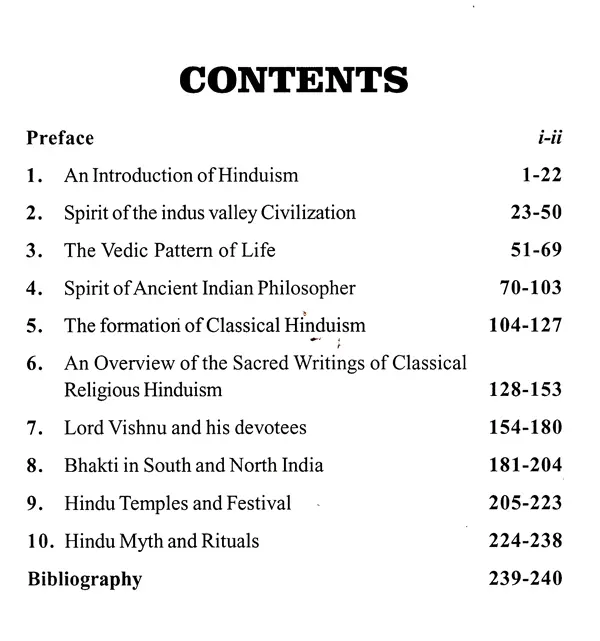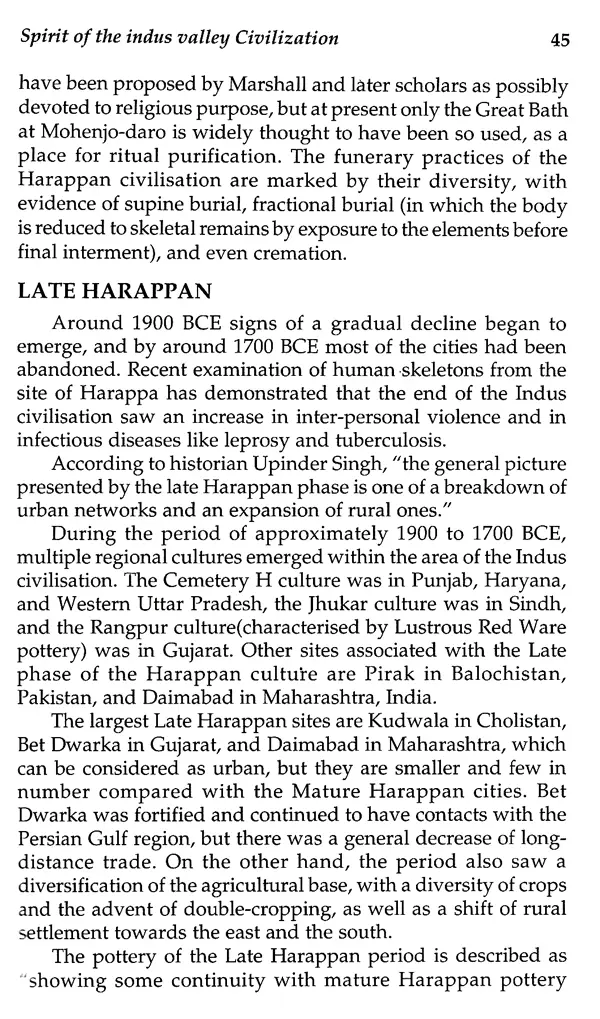
The Spirit of Hinduism
Book Specification
| Item Code: | UAN032 |
| Author: | Dr. K. D. Singhal |
| Publisher: | Krishna Prakashan, Varanasi |
| Language: | English |
| Edition: | 2019 |
| ISBN: | 9788193797686 |
| Pages: | 245 |
| Cover: | HARDCOVER |
| Other Details | 8.90 X 5.90 inch |
| Weight | 400 gm |
Book Description
The historical development of Hindu self-identity within the local South Asian population, in a religious or cultural sense, is unclear.Competing theories state that Hindu identity developed in the British colonial era, or that it developed post-8th century CE after the Islamic invasion and medieval Hindu-Muslim wars. A sense of Hindu identity and the term Hindu appears in some texts dated between the 13th and 18th century in Sanskrit and regional languages. The 14th- and 18th-century Indian poets such as Vidyapati, Kabir and Eknath used the phrase Hindu dharma (Hin duism) and contrasted it with Turaka dharma (Islam). The Chris tian friar Sebastiao Manrique used the term 'Hindu' in religious context in 1649. In the 18th century, the European merchants and colonists began to refer to the followers of Indian religions collec tively as Hindus, in contrast to Mohamedans for Mughals and Ar abs following Islam. By the mid-19th century, colonial orientalist texts further distinguished Hindus from Buddhists, Sikhs and Jains, but the colonial laws continued to consider all of them to be within the scope of the term Hindu until about mid-20th century. Scholars state that the custom of distinguishing between Hindus, Buddhists, Jains and Sikhs is a modern phenomenon. Hindoo is an archaic spelling variant, whose use today may be considered derogatory.
At more than 1.03 billion, Hindus are the world's third larg est group after Christians and Muslims. The vast majority of Hin dus, approximately 966 million, live in India, according to India's 2011 census. After India, the next 9 countries with the largest Hindu populations are, in decreasing.
**Contents and Sample Pages**











